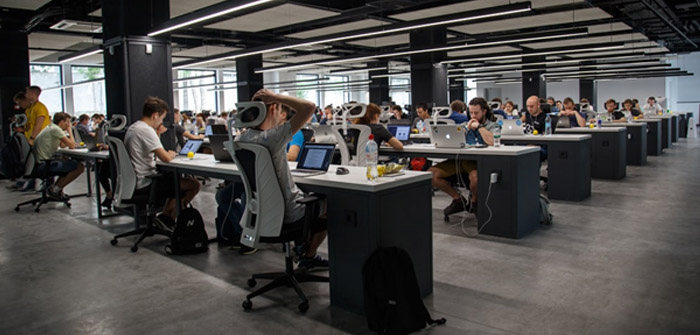https://unsplash.com/photos/QBpZGqEMsKg
The mass movement toward working from home has been largely successful. In the year 2020, many employees were ushered towards the safety of their homes and asked to work from home – something millions globally have become accustomed to.
While many companies are opting to keep the work from home rule — like Google and other big tech companies — many are now herding their employees back into the office to resume the normal working life. To ensure it’s a smooth process and your employees feel supported, read on to find out how you can streamline the process.
Phased Returns
Phased returns typically suit people who have taken time off sick – and they’re proven to work well at retaining loyal employees. It’s a technique that aims to accommodate the employee’s needs as they return to normal office work, giving them the chance to acclimate slowly. Rather than building up their working hours as you would with a phased return, you can phase return people into the office by allowing them to work from home for some days of the week and in the office for the rest.
The result of this will be better employee engagement and reduced costs. There’s less of a chance that you’ll have to recruit a new member of staff because of employees jumping ship when they know it’s time to go back into the office. You can make the phased return span over several weeks to make it easier. The usual phased return phase lasts for up to six weeks, but considering this isn’t for illness, you can make it last as long as you wish.
Employee Engagement Programs
Most people have settled into the working from home life and don’t want to leave their home comforts – the potential to roll out of bed right before work is just too sweet. That’s why a staff engagement strategy is essential if you want to streamline the return to office phase by encouraging engagement and hopefully preventing a period of lull in productivity that may come with returning to the office.
Productivity starts to dip because employees find themselves surrounded by people to talk to again, and the number of distractions, in general, seems to increase. An employee engagement programme such as https://www.incentivesmart.com/employee-engagement emphasizes rewards-based working. Not only does it promote productivity, but it also promotes personalization and a sense of belonging. Currently, only 41% of employees feel their employers reward them for their work, yet 88% agree it’s essential if employers want them to produce better work – which makes sense.
If a company is demanding their employees work harder and complete tasks that aren’t usually part of their job role – better rewards need to be offered.
Flexi-Working
Flexi-working streamlines the return to office phase for your employees more than it does for your brand. When working from home, employees had more flexibility to use their breaks to go to appointments, for example, or to switch off for 10 minutes in the afternoon when nobody was watching. Working from home allowed employees to have some flexibility in how they structured their working day.
Flexi-working means your employees will still work the same number of hours in a day – they might complete them at different times, but they’ll be done. Flexi-working can foster better working relationships, productivity and can prevent people from leaving.
Returning to the office may seem like a mammoth task – but restoring typical working order is essential for some brands. The office is undoubtedly more productive in most cases, especially for people who could only work from their beds rather than a proper desk. Office working brings structure, better communication, and it’s something many companies will move towards in 2022.




